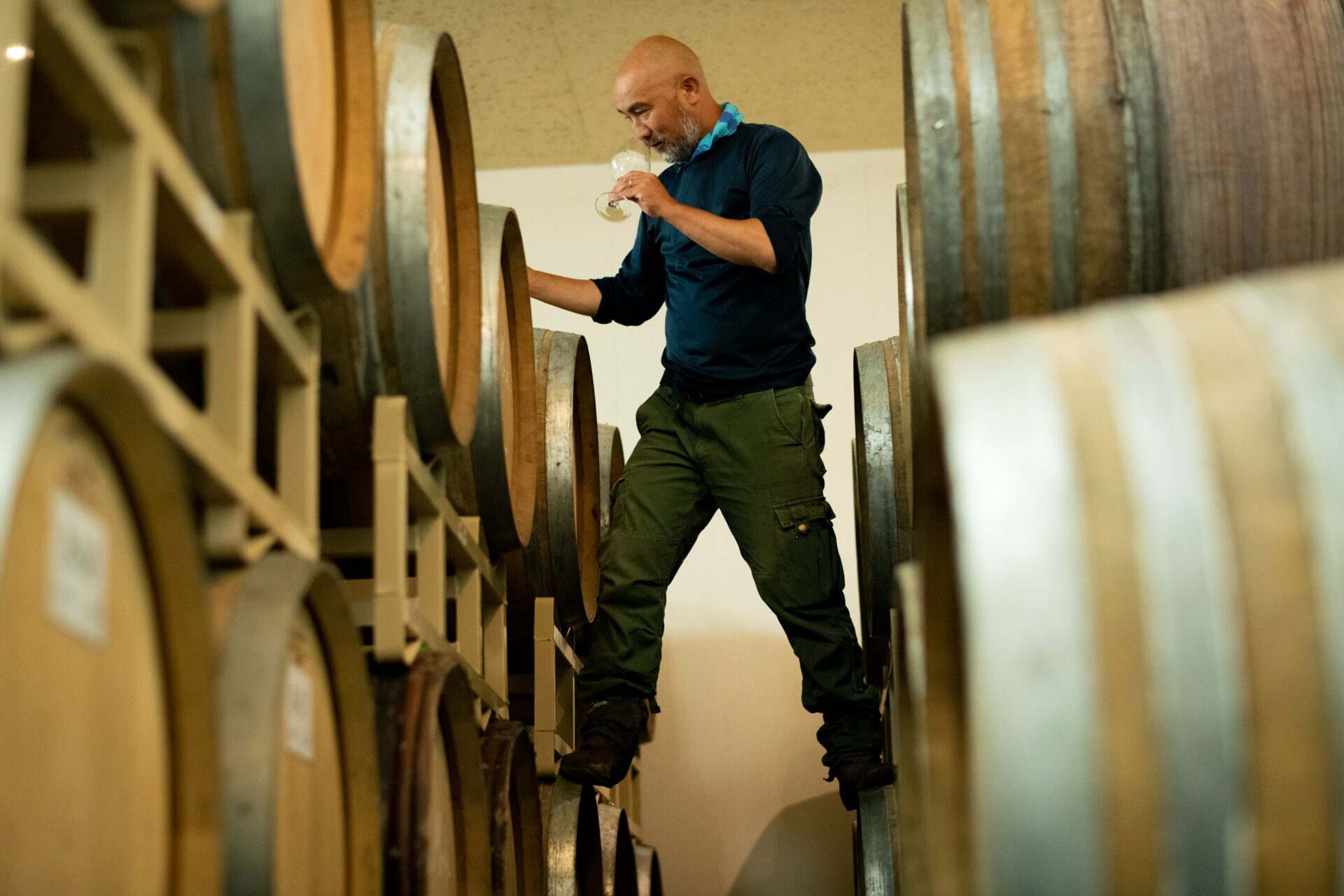There is a wine that has been deemed a “phantom.”
Domaine Takahiko is a winery in Yoichi Town in the eastern base of the Shakotan Peninsula of western Hokkaido.
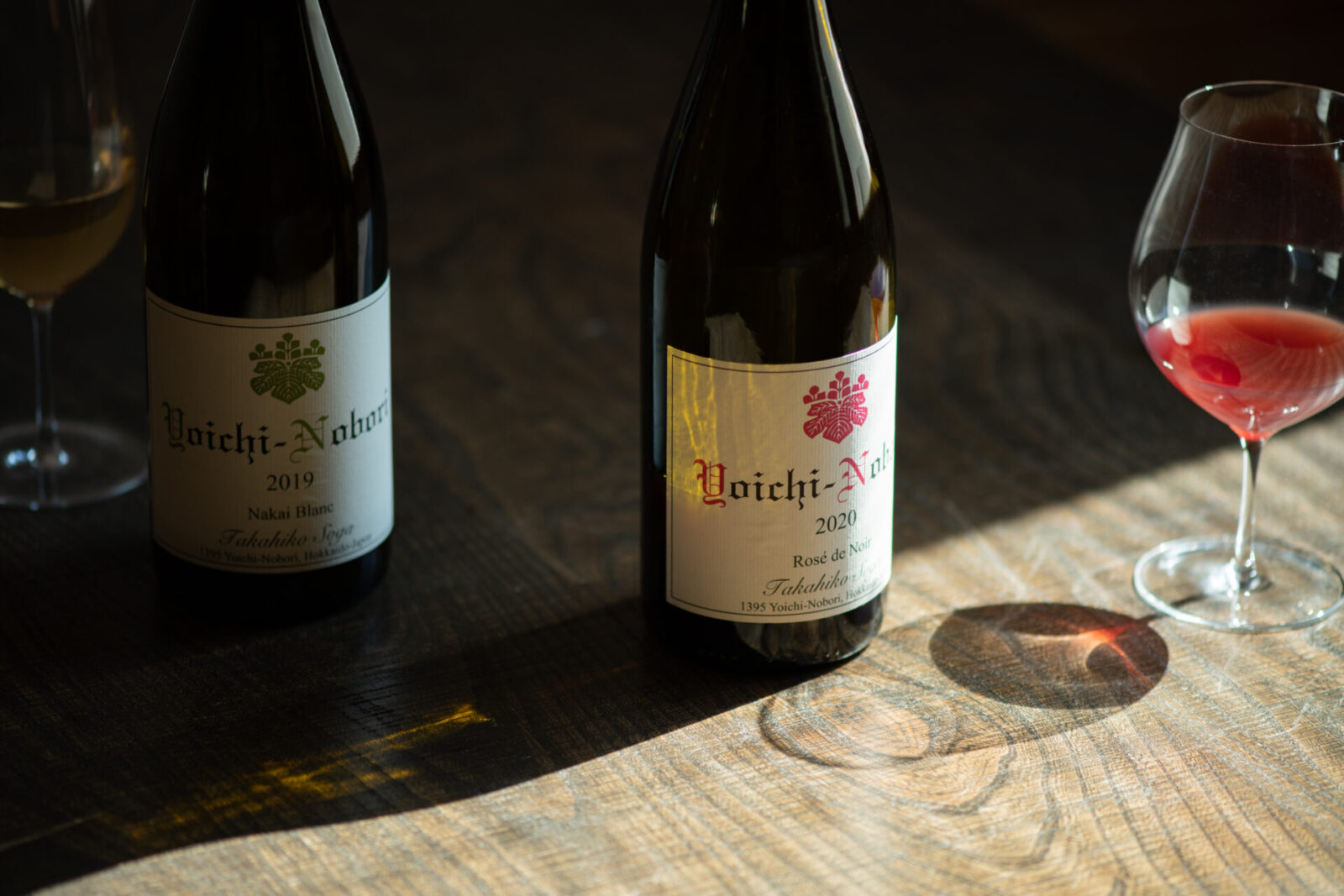
At this winery they are producing organic Pinot Noir wine, a grape variety from the Burgundy region of France. Their annual production is roughly 20 thousand bottles of mainly red wine.
When the bottles are distributed for sale, it sells out and disappears from the market almost instantly.
When a few bottles become available for purchase at department store events, it draws such a crowd that people line up to buy it. To prevent the crowds, the Domaine Takahiko wines are now sold on a pre-order lottery basis, and in one occurrence the demand was so high that the chances of winning a lottery to buy a bottle was one in thirteen.
This is why their wine has become known as a “phantom” wine and it is the hardest wine to obtain in Japan.
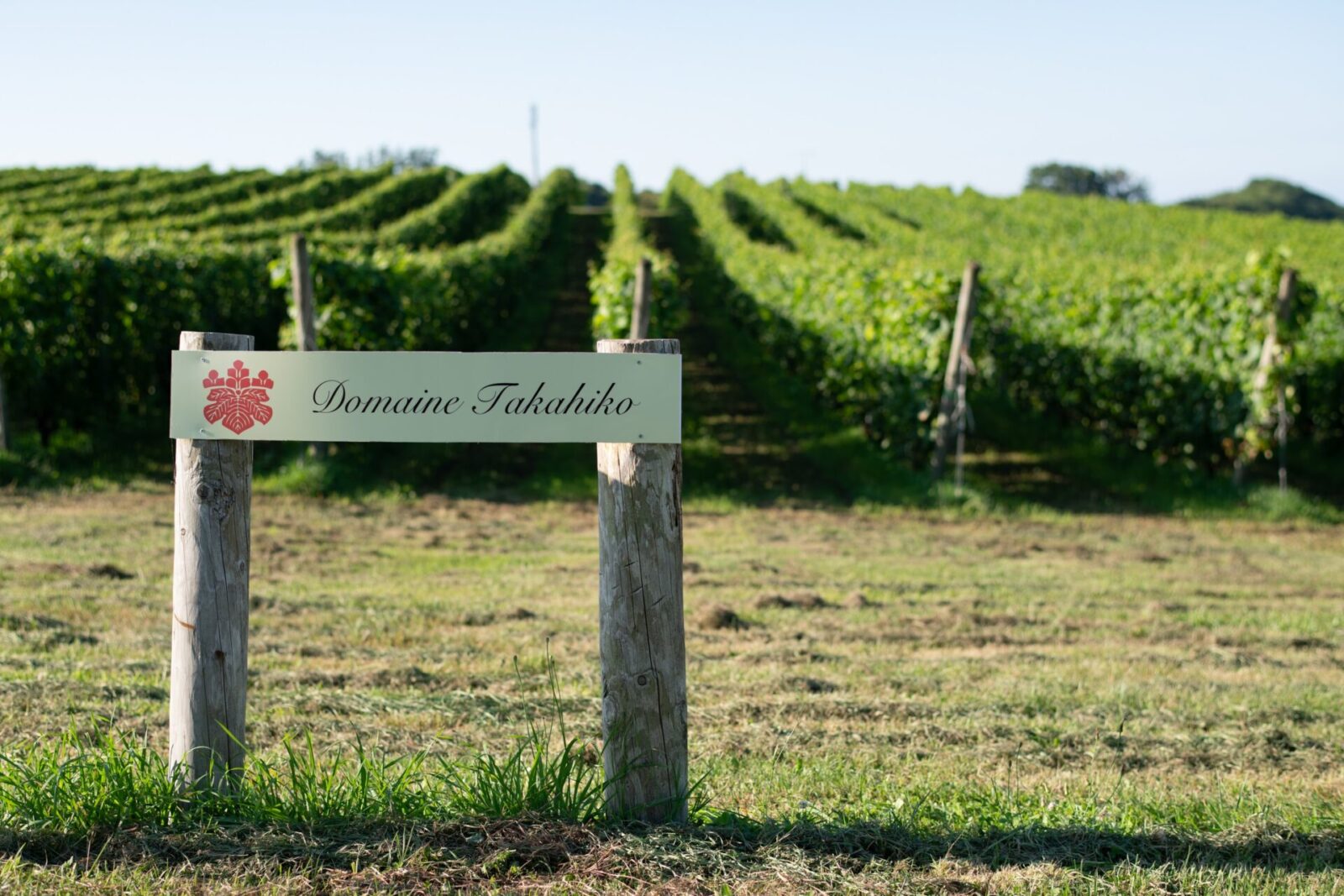
The quality of their wine has also received international recognition.
In 2020, their wine became the first Japanese wine to be included on the wine list of noma, a restaurant in Denmark which has been named number 1 in “The World’s 50 Best Restaurants” list four times.
It can be said that Domaine Takahiko is one of the most talked about wineries in both Japan and the world today.
Takahiko Soga started the winery on a small hill in the Nobori district of Yoichi Town in 2010.
Yoichi Town has a very unique climate that is hard to find even outside Japan. Soga is experimenting with the climate and soil of this land to maximize its unique characteristics and create a wine that cannot be made anywhere else in the world.
We will unravel Soga’s philosophies behind his winemaking which utilizes the earth’s bounties that are unique to his land. The key words for Soga’s winemaking are “soil” and “umami.”
Falling in love with the grapes in Hokkaido
Soga was born in 1972 as the second son to the owner of the Obuse Winery in Nagano Prefecture. He followed his father’s advice and studied at the Department of Fermentation Science of Tokyo University of Agriculture. After finishing his undergraduate studies, he was invited by a professor of the university to join their research lab.
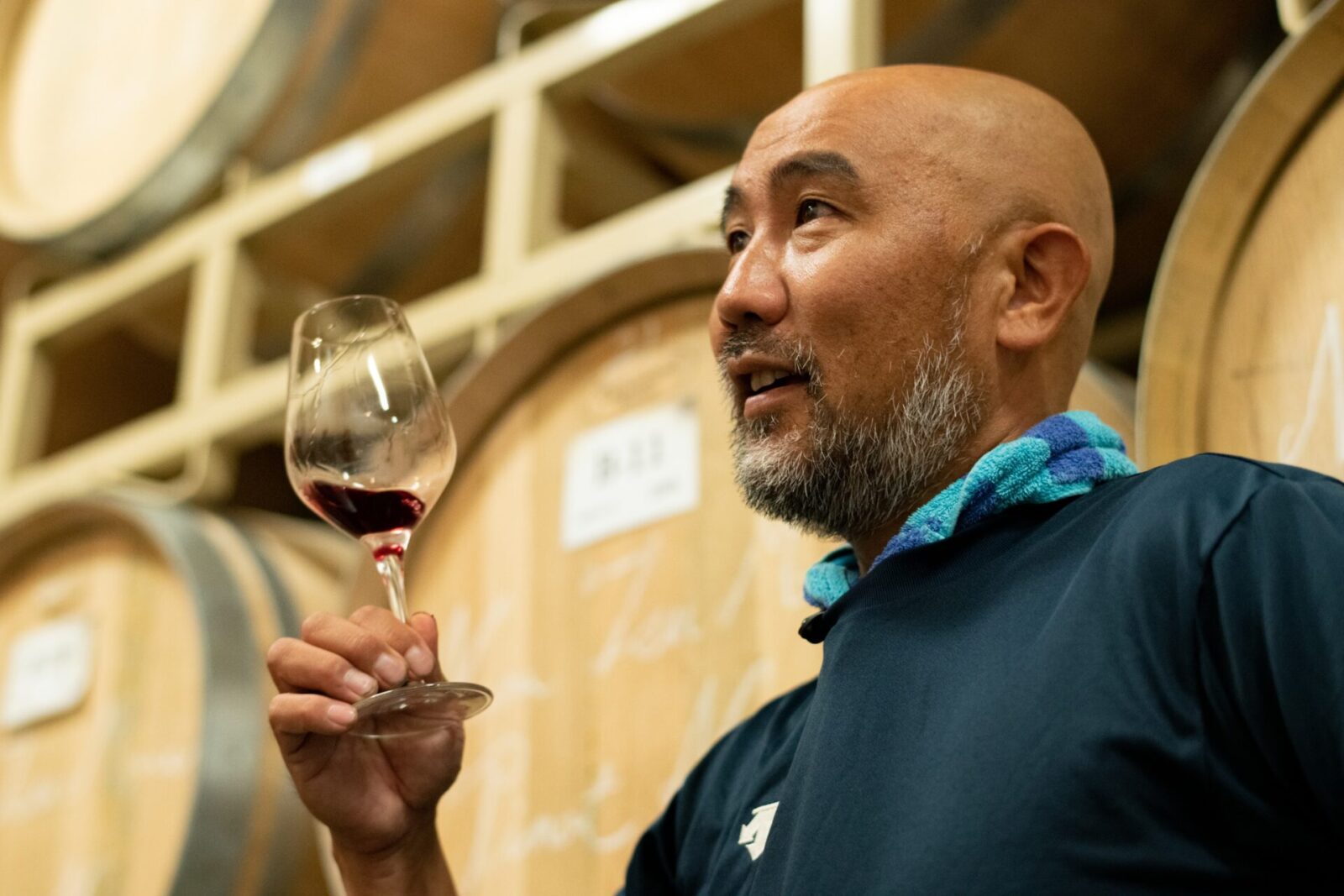
It was around this time that he met someone who changed the course of his life.
This individual was Bruce Gutlove, a winemaker who was working as the head of Coco Farm Winery, a leading winery in Tochigi Prefecture.
At the time, Japan was importing bulk wine, or wine that has not been bottled, from overseas. They would then bottle it and label it as “Made in Japan” wine. Bruce was against this practice of selling these bottles of wine as a domestic product.
Bruce would say, “There will come a time when this practice will be considered wrong. I will spend the next ten years changing this practice and make wine using 100 percent grapes that have been produced in Japan.” Bruce invited Soga to join him on this endeavor. Soga left his job at the university where he had worked for over three years, and moved to Tochigi in 1998.
“At the time, I was interested in this new world of winemaking that was developing in Japan, where the history of winemaking is much shorter compared to countries like France. Ever since my university days, I had longed to study abroad as well, but with Bruce being close by, I figured I could learn from him without leaving the country.”
In order to achieve 100 percent domestic grape production, they had to first find domestic grape suppliers. While they traveled throughout Nagano, Yamanashi and other grape producing regions of Japan, he came across some grapes from Hokkaido.
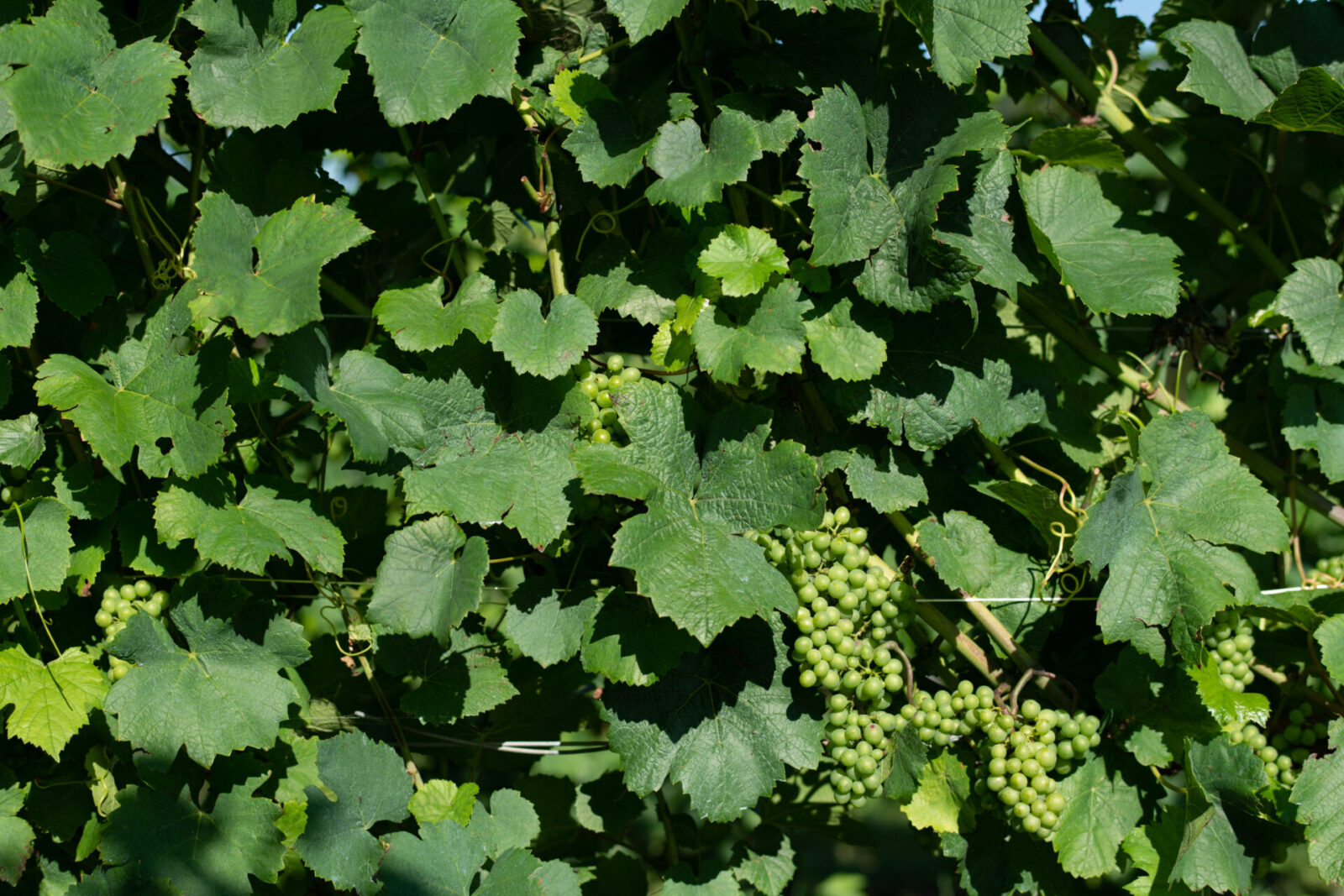
“To be honest, I had very low expectations for Hokkaido grapes, so I really underestimated them. I was surprised to find such high quality, both for eating and winemaking. It was such a surprise that I wondered what we had been thinking all this time.”
Soga and Bruce realized the potential hiding in Hokkaido and began purchasing Hokkaido grapes.
In 2002, they formed a contract with Kazuyuki Nakazawa of winery Nakazawa Vineyard in Iwamizawa, Hokkaido, to grow several varieties of grapes, including Pinot Noir.
The grapes they produced were all of such high quality that Soga and Bruce became even more enthralled by Hokkaido.
After ten years of working with Coco Farm Winery and achieving his goal of creating a wine made of 100 percent domestic grapes, Bruce moved to Iwamizawa to open the “10R Winery.” Soga also moved to Yoichi Town and started Domaine Takahiko the next year.
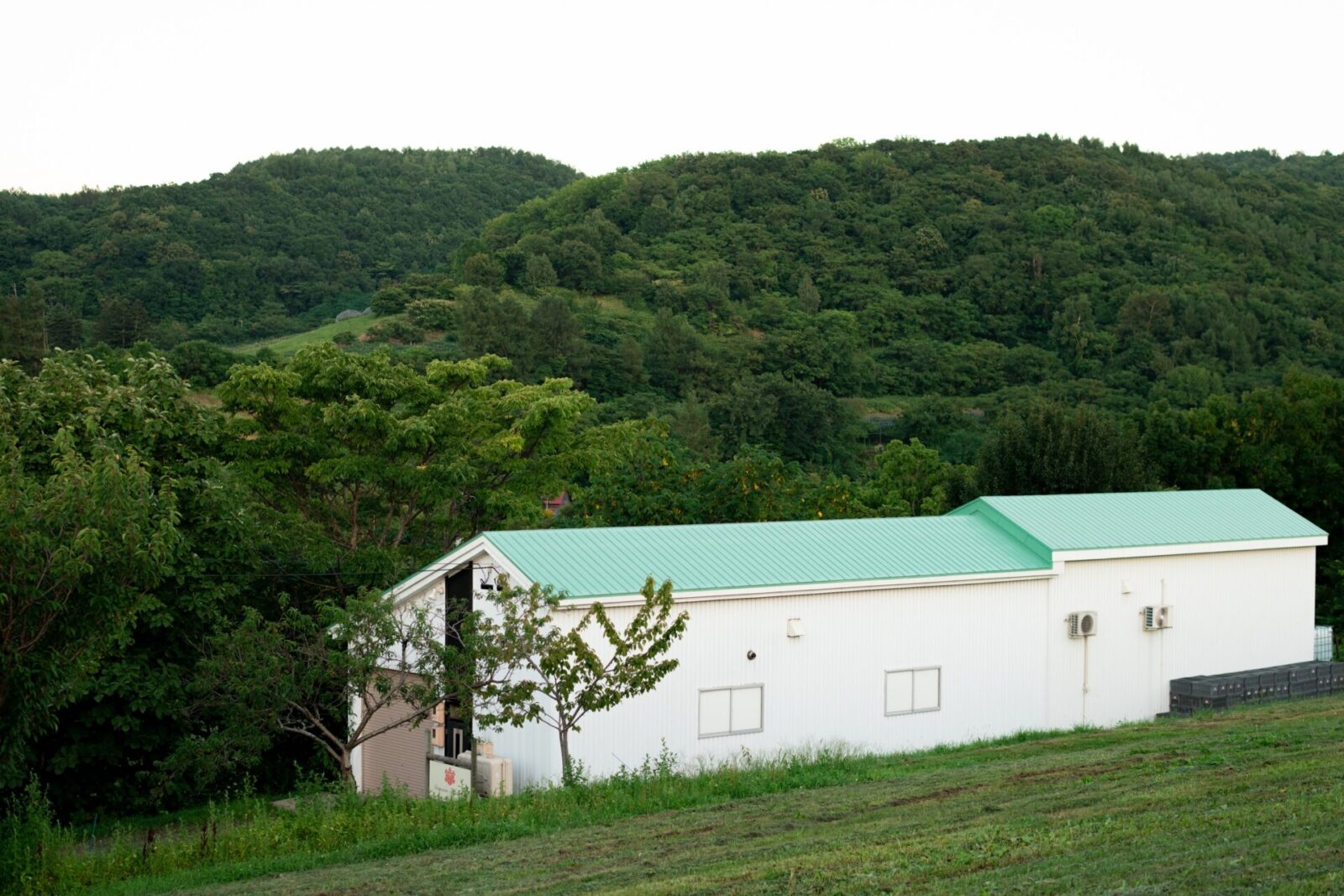
Becoming Hokkaido’s top wine grape producer
Soga dreamed of making a Pinot Noir that would become like a Burgundy wine that is delicate while being complex. In order to achieve this, Yoichi Town has an advantage over other regions for growing such grapes.
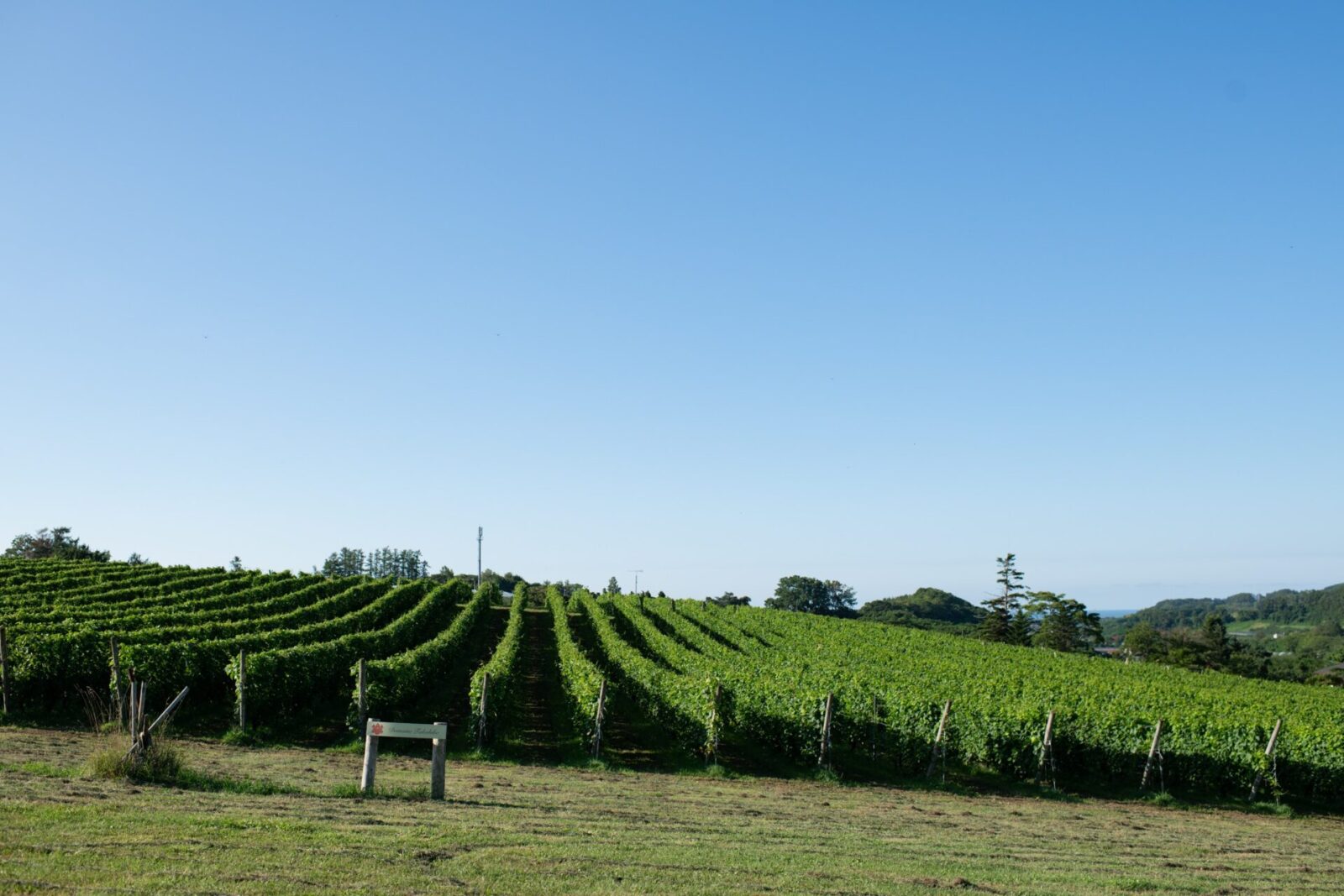
There are two important factors.
One is that it is a region that has a history of attracting farmers and producers. It is one of the largest producing areas for apples, grapes, pears and peaches in Hokkaido.
Since the cultivation of grapes started gaining traction in 1984, Yoichi Town has grown to account for approximately 50 percent of Hokkaido’s total grape production and makes up 30 percent of the total land used for grape production in Hokkaido.
“There is a good reason why this region is used for farming. When people in the past planted fruit trees and found that it produced well, other people started planting fruit trees as well. As the production area expanded and people worked hard to maintain their fields and improve their methods, the region established itself.”
“In Nagano and Yamanashi, large corporations have been in charge of teaching farmers how to cultivate their wine grapes, but in Yoichi Town the people are self taught and cultivate their produce based on their own experience. Because of this, their methods are a little unique compared to global standards, but their accumulated wisdom is an important asset to the region.”
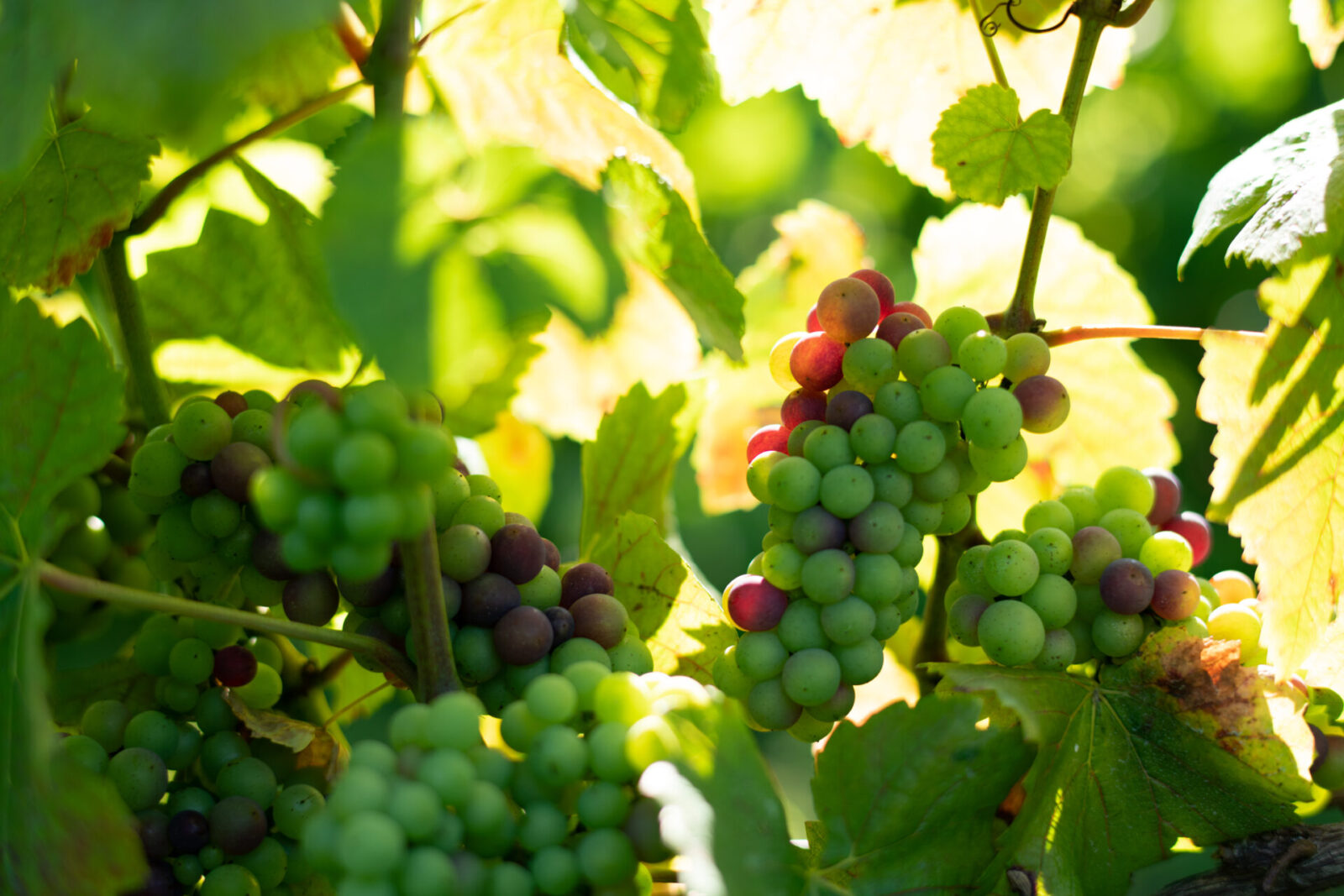
Many people do not know that the production of wine grapes is so abundant in Yoichi Town.
It is no wonder, because when Soga moved to Yoichi Town, there was only one winery in town. The rest of the grapes produced in the region were grown simply to be sold as fruit for winemaking to other regions.
About 95 percent of the wine grapes grown in Yoichi Town are sold to wineries in Japan outside of Hokkaido.
The blessings of powdered snow
The second factor in Soga choosing Yoichi Town is its climate.
The home of Pinot Noir is the Burgundy region of France. According to Soga, Burgundy has a cool climate throughout the year, yet their winters are not too cold.
Regions such as Hakodate in Hokkaido have similar climates, but Soga put his focus on the type of snow that falls in the region.
The snow that falls in the eastern area along the Sea of Japan and in the Tohoku regions are heavy and wet because they contain a lot of moisture. On the other hand, the snow that falls between Yoichi Town and the Niseko region is silky and light powdered snow. Soga says that this powdered snow acts to protect the Pinot Noir grape vines.
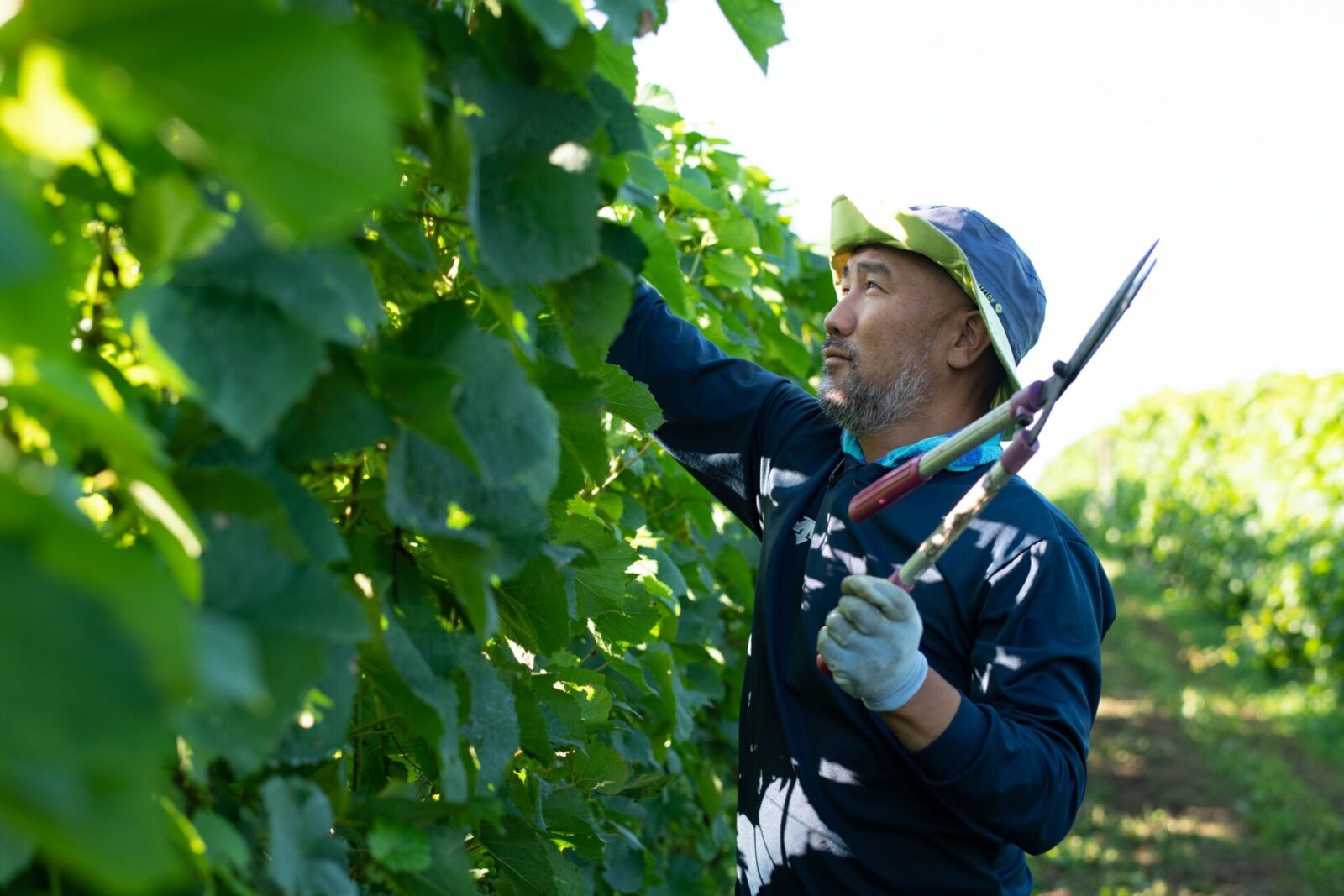
“Wet snow begins to melt in March. In Hokkaido, we still get cold spells of minus 20 degrees Celsius even in March, so this can cause the water inside the vines to freeze. This is the worst thing that can happen to the vines.”
“However, powdered snow does not melt as easily and remains intact until early April. Like an igloo, the snow protects the grape vines from the cold temperatures. It is key that the grape vines remain buried in the powdered snow until spring.”
This idea of utilizing the snow to protect the vines is exactly the kind of wisdom that has been passed down from the farmers in Yoichi Town throughout their many years of personal experience. According to Soga, this is their unique and “unbelievable world.”
How wine and pork ramen took over the world
Another important factor in climate is rainfall. In general, rain is regarded as a negative factor in wine grape cultivation.
It is said that the sugar content in grapes needed to produce high quality wine is around 20 degrees or higher. However, if the soil is wet from too much rain, the sugar content in the grapes stays low. Without high sugar content, good wine cannot be made.
When Soga was working at Coco Farm Winery, he was advised by world-renowned consultant on winemaking, Richard Smart, “If you want to make great wine in Japan, stop the rain.” That is how important the control of water is for making wine.

By minimizing the amount of water absorbed by the vines, it is possible to make grapes with a high sugar content. This is why drip irrigation is used in the dry and open regions such as France and the New World.
Drip irrigation uses technology to periodically provide just enough water to the roots of grape vines to keep them from withering. This method helps to produce small and uniform grapes with a high sugar content without having to worry about the inconsistencies of rainfall.
On top of that, this dry and vast region allows farmers to harvest the grapes by machines. Because it does not have to be hand-picked, it helps to cut costs so it is possible to make delicious wine for cheap. This is why the drip irrigation method is adopted by many wineries around the world.
This trend has created a uniformity in wine in terms of the “intensity of flavor, Soga says.”
“Wine made using the drip irrigation method has a very strong flavor. It is very rich. Although this flavor is straightforwardly enjoyable, it also gets boring quickly. It has promoted a wine that is like pork ramen to be available all around the world.”
Soil that cultivates umami
While the world is being flooded with strong flavored wines, Japan is moving in a more unique direction.
According to Soga, organic wines that are made in the most natural ways possible, called natural wines, are the most popular in Japan.
This is not because there are more environmentally friendly people in Japan. In fact, Soga believes it is because “the Japanese people prefer the flavor of natural wines.”
“Strong flavored wine does not really go well with Japanese cuisine. It is wonderful to drink occasionally, but no one wants to eat pork ramen everyday. Japan also has a culture of appreciating the subtle and delicate flavors that are found in natural wine.”
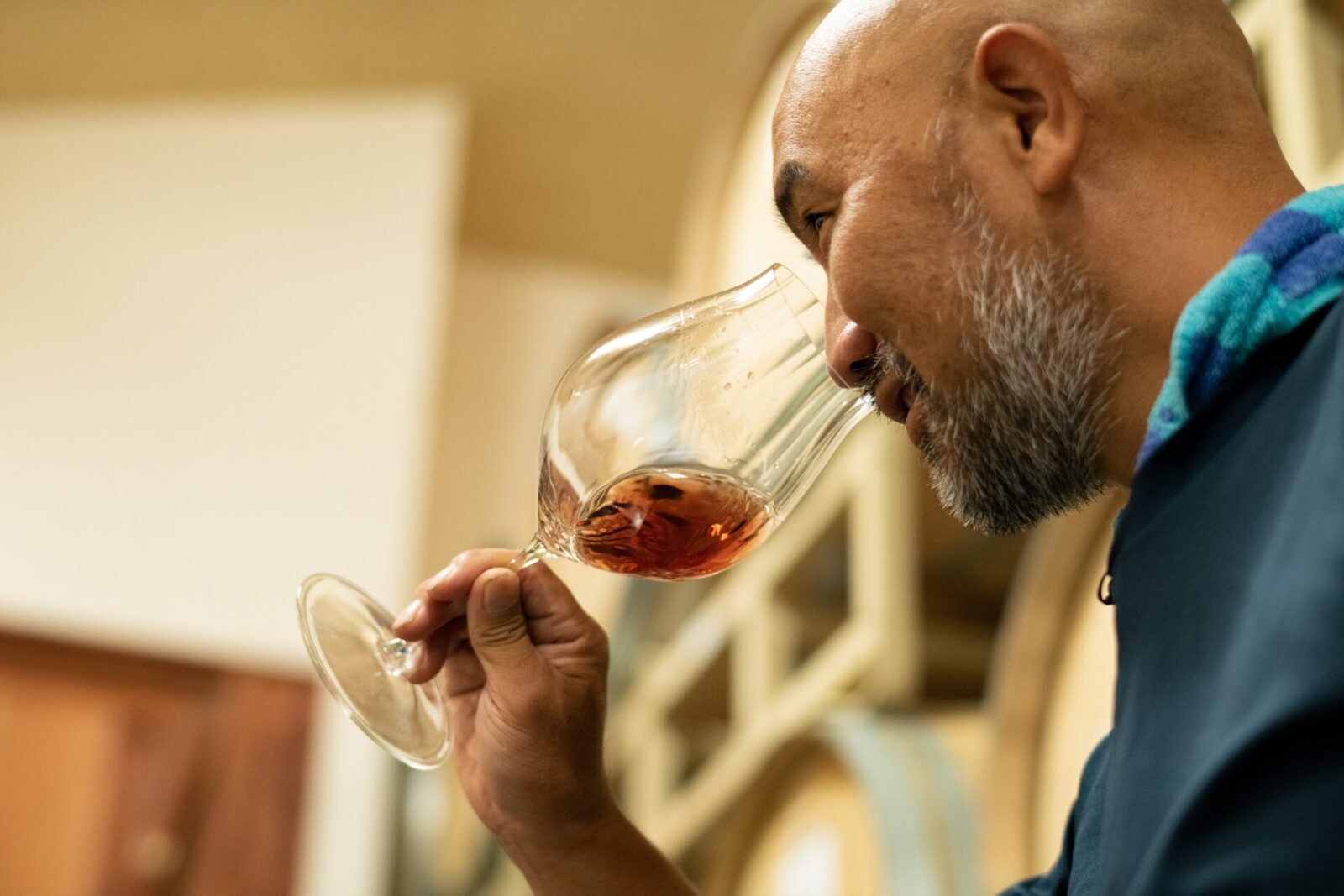
Where does this delicate flavor come from?
Soga says it is “a umami that is like a delicate soup stock.”
This umami is the key factor in Domaine Takahiko’s winemaking.
When defining umami we often hear of amino acids, such as glutamic acid, and nucleic acids such as inosinic acid and guanylic acid as the typical components that bring about the umami flavor. When Soga describes umami, he is not talking about these components.
Soga believes that the source of umami in his wines is the soil. Furthermore, he believes that rain is necessary to nurture good soil. Yoichi Town has just the right amount of rain between spring and summer, so it was the perfect climate for his winemaking requirements.

Drip irrigation does not require rich soil or rain so it is suited for organic farming. The dry, desert-like environment does not attract insects. If you feed the wine vines using liquid organic fertilizer with the water, it is possible to grow organic grapes.
However, wine that is grown in this factory-like manner does not produce the umami flavor that Soga seeks.
“There is the word ‘terroir’ which simply means the factors that describe the climate of a region. I think this term also includes other factors in its meaning, such as the food culture, history, human activity and the flavors of the soil. Drip irrigation methods destroy the terroir.”
A wine reminiscent of Japanese soup
The reason why Soga began pursuing a wine that expresses umami and terroir was because he was inspired by a bottle of wine he tasted during his time at the Coco Farm Winery.
In fact, when he was young Soga preferred the flavor of the strong wine made in California, which is made by subjecting grapes to intense water stress. He had aspirations to make such a wine overseas as well.
The reason he did not pursue this was simply because he wanted to live in Japan, his home country that he loved. Once that decision was made, he had to find a way to make wine that suited the climate of Japan, which is wet and has no dry lands.
The wine that gave him the ideas on how to produce natural wine in Japan’s climate came from the master winemaker Pierre Overnoy, who does everything from grape cultivation to winemaking and bottling in the rainy and cool Jura region of France.
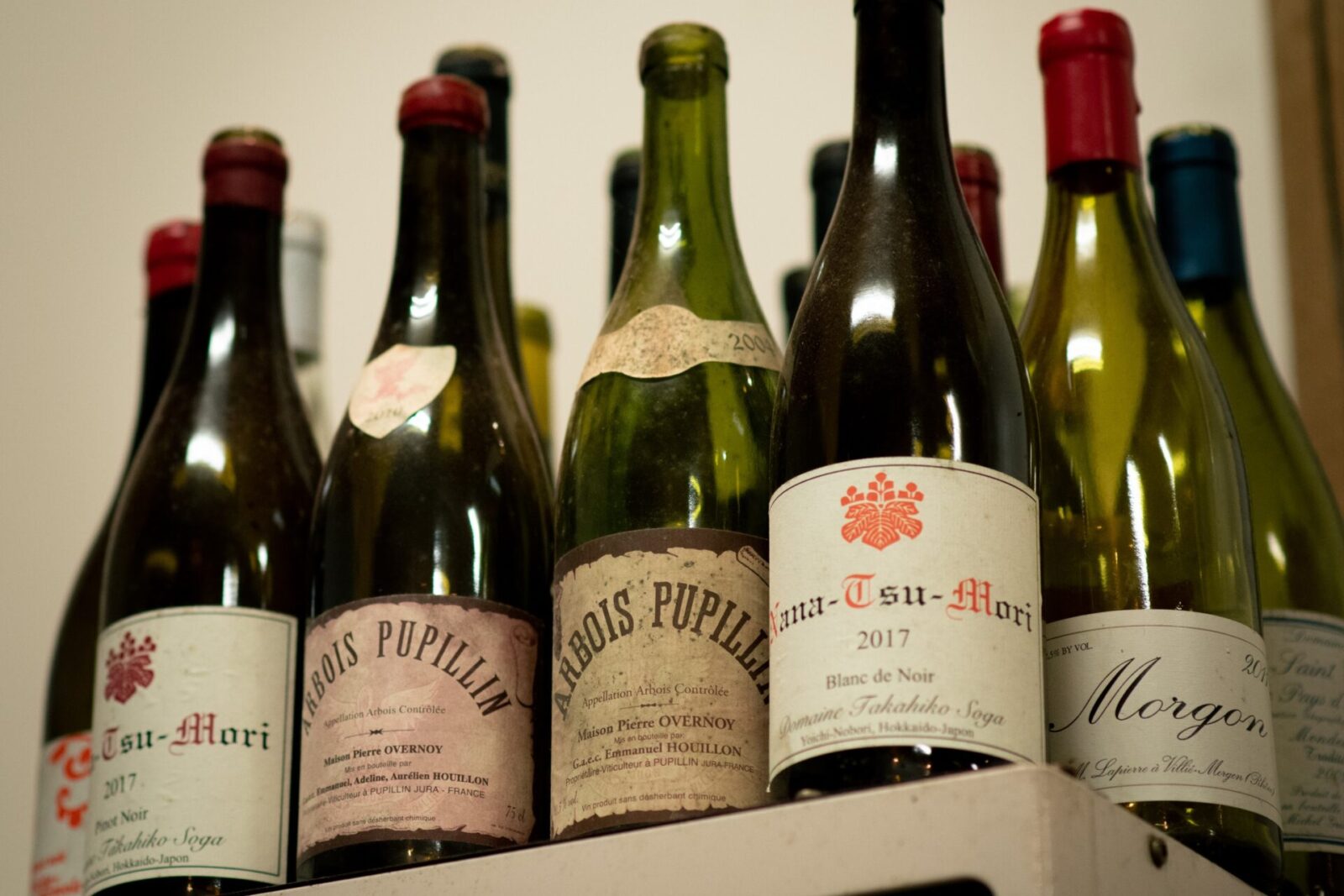
“Pierre’s wine had an umami that is like ‘dobin-mushi (Japanese soup in an earthen pot.’ It does not have a strong flavor, and is more like a delicate soup stock. When I thought about what I truly wanted to drink and produce in Japan, I felt this wine was the direction I wanted to go.”
“Later, Bruce told me that Pierre Overnoy’s wines were beginning to garner international acclaim around the world. I found that I had the palate that could understand this umami, so if I thoroughly pursued it, I could find success.”
Diversity and the beauty of unevenness
Domaine Takahiko’s wine making began in 2010, but it was by no means smooth sailing from the start. The neighboring farmers had warned him that organic production would not be possible, and just as they warned, Soga found himself on the edge of catastrophe right away.
His vineyards were hit by gray mold disease for two consecutive years in 2012 and 2013. The year 2013 was especially damaging as almost all of his grapes were affected by the disease.
Luckily, he heard from a fellow winemaker that in France they make a sparkling wine called Blanc de Noirs using grapes that have been affected by gray mold disease. Soga gave this a try and was surprised to find that it produced a delicious wine. The production of this wine helped him overcome his first crisis.
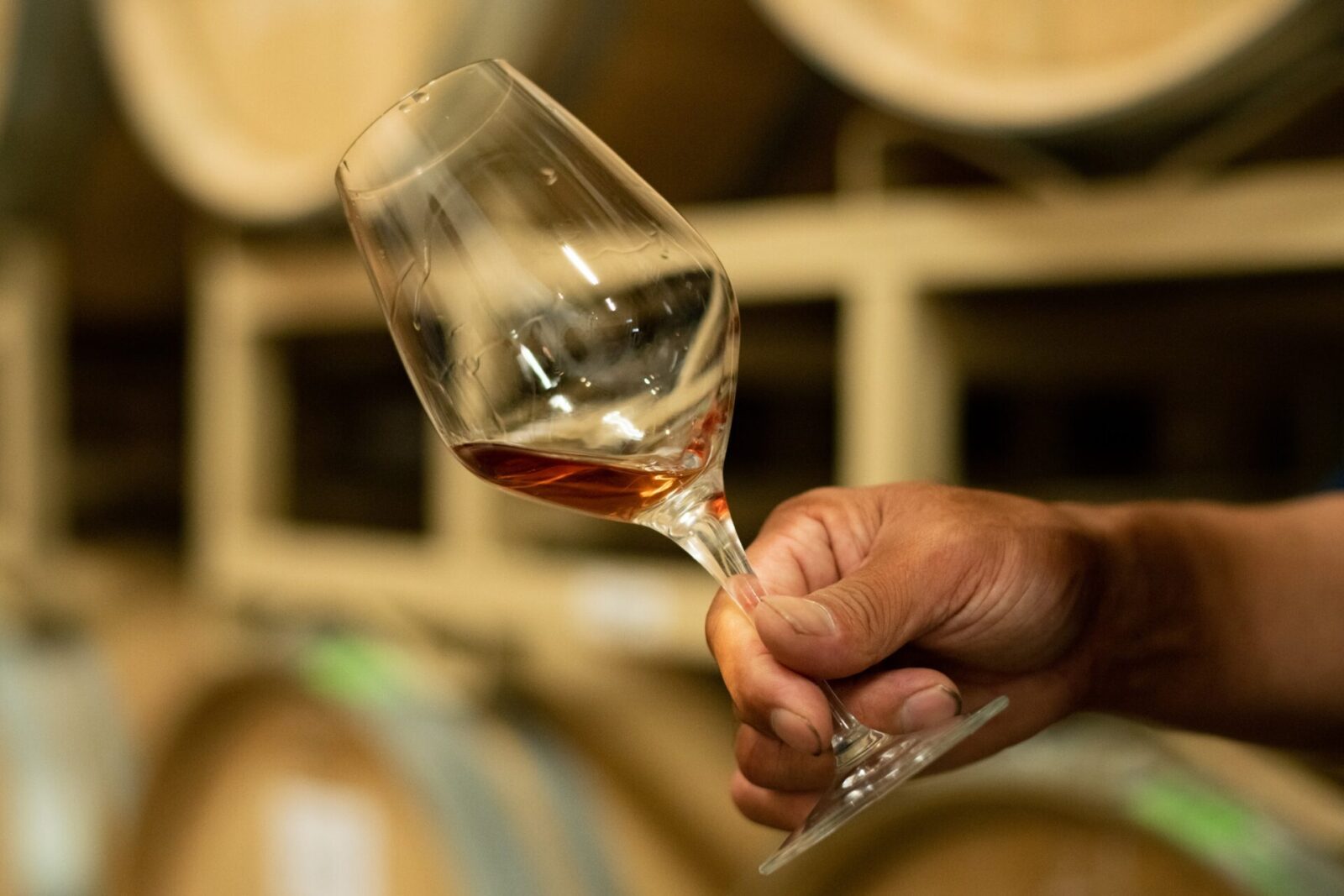
Soga says the reason he continues organic farming while accepting the risk of diseased plants is because he aims to create good soil. The key to creating good soil is in the bacteria of the soil.
Just like intestinal flora (gut microbiota) has recently become known to be an important indicator for maintaining good health, the most important thing for good soil is diversity and balance of bacteria, and this cannot be controlled artificially.
On top of that, Soga accepts that the rain will cause the grapes to grow unevenly. The result of uneven grapes is the polar opposite of drip irrigation grapes, but Soga believes they become the source of a more complex and deep flavor.
Soga is also very particular about his winemaking methods. At Domaine Takahiko, they use a traditional method of fermentation where they process the whole bundle of grapes. While most methods discard unripe grapes, the traditional method includes it all and ferments it together.
“Of course, unripe grapes are not a good thing. Still, we choose to include them. There is beauty in unevenness. The beauty of unevenness is that things are different from place to place and from soil layer to soil layer. I think this is what terroir is all about.”
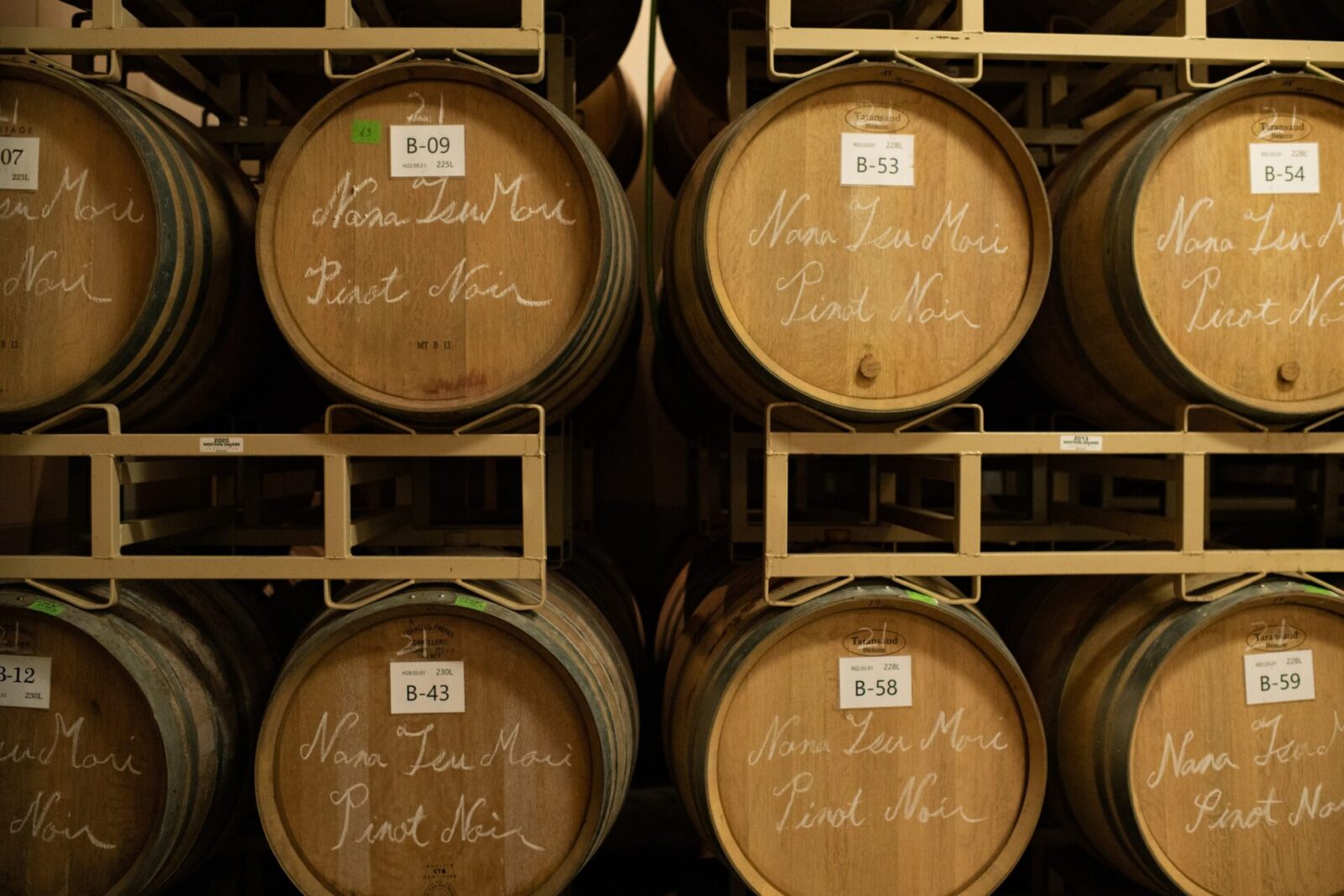
Domaine Takahiko’s Pinot Noir, which was born from the beauty of unevenness, turned out to become a wine that was unlike any other in the world. Not even similar to that of Burgundy.
“We all recognize the smell of our childhood home or the smell of a temple when we visit the countryside. There are various smells that we associate with places. I often describe the aroma of our wine as like the pleasant scent of walking along the cobblestones of a shrine at the foot of a mountain.”
“The flavor is delicate yet broad and has a long lingering umami that is similar to the experience of drinking a good soup stock. I don’t think there are many wines like this that exist in the world today. It is an expression that can only be created in Japan and that’s what makes it interesting.”
After this, it did not take long for his wine to become known as the “phantom wine.”
What kind of future will bring happiness?
Soga does not hesitate to share his winemaking methods, which he developed over the years through trial and error, to apprentices and trainees who come to learn from him. The reason for this is because he is thinking about the future of Yoichi Town.
“The wine business must be passed onto future generations. However, I do not want to force my children into taking over my business. I want to create an environment where my children will desire to take it over someday.”
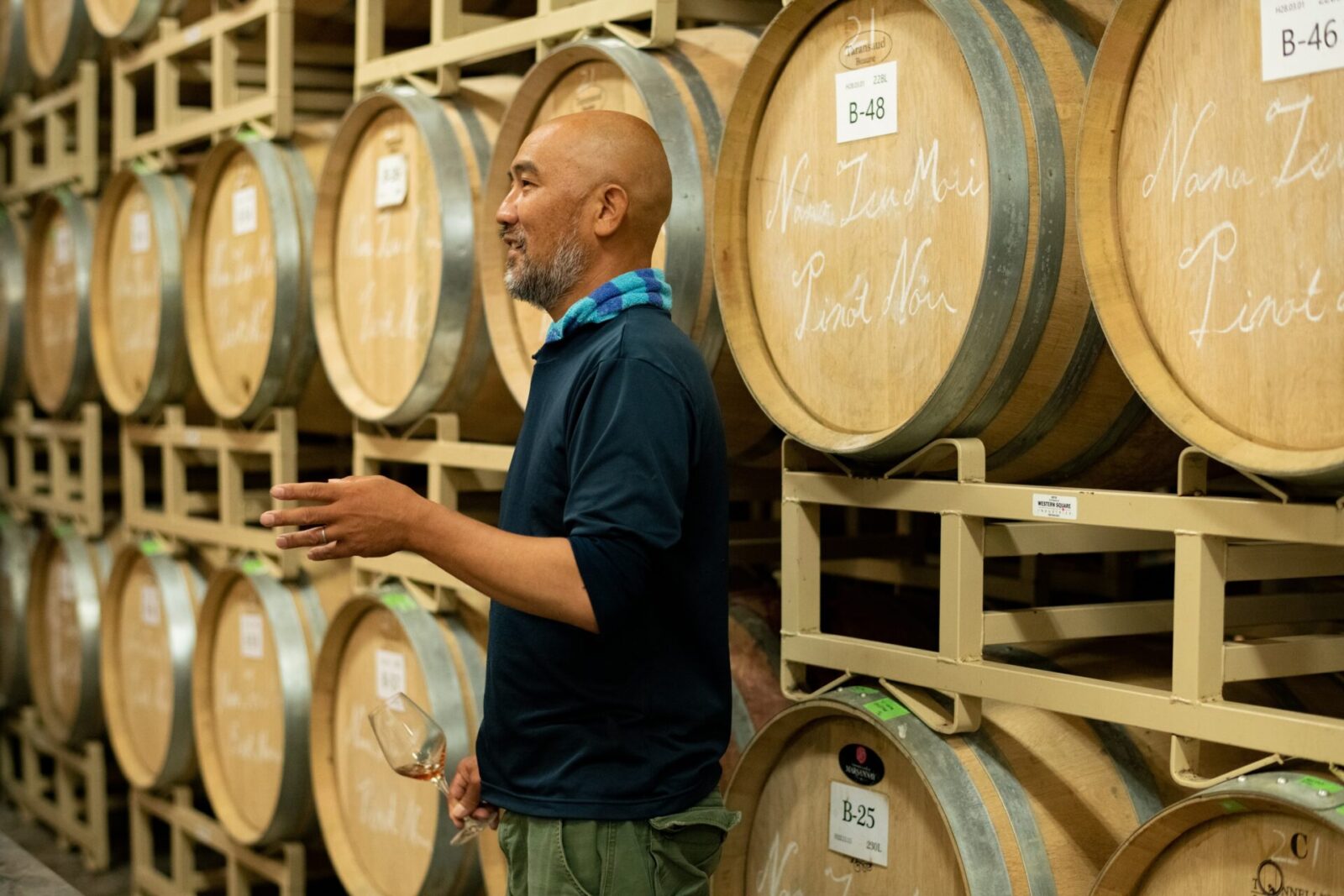
Hokkaido is a vast land so there are possibilities for large-scale production and commercial opportunities. However, even if one wine producer becomes popular and is able to expand their vineyards, this will not stop the decline of the local population due to the low birthrate and aging population. Soga believes that the future will be brighter if multiple and many small scale wineries develop in the town.
“We need to think about what kind of future will bring happiness to our communities. Which future would be more interesting? Is it a future of my winery becoming very large scale or a future where many new small scale wineries establish themselves in this region? Having 100 wineries in the town will be far more lively and the town would flourish as an established region for wine.”
Yoichi Town, where good wine can be produced without trouble
Soga believes that in order to create 100 wineries, he does not need to train 100 apprentices. He has his eye on the farmers who grow the grapes themselves.
Of course, grape farmers are busy growing grapes. However, because Yoichi Town has been declared a special wine making region, it is possible to obtain a liquor making license here for just 2 thousand liters of annual production, compared to the standard 6 thousand liters that is normally required. This 2 thousand liter production volume is a scale that would make it possible to do both wine production and farming.
Soga has been working hard to lower the hurdles that producers have to overcome in order to enter the winemaking business.
For example, he advises his apprentices that when the time comes to start their own business, that they spend no more than 20 million yen to cover all the expenses. If they are able to show that they can make their business work within this budget, people will understand that it does not require a huge investment.
Domaine Takahiko also uses plastic containers to store their grapes. He does this to demonstrate that using expensive steel containers is not a requirement for making good wine.

Every year, about 10 percent of their total harvest is damaged by some disease, but they do not throw it away. The damaged and rotten grapes are collected, stored in tanks and fermented to make botrytised wine (noble rot wine). Soga used what he learned from his experience with gray mold disease to create this wine.
This wine is called “Blanc de Noir” and it has become the rarest and most coveted wine at Domaine Takahiko among French chefs and wine lovers.
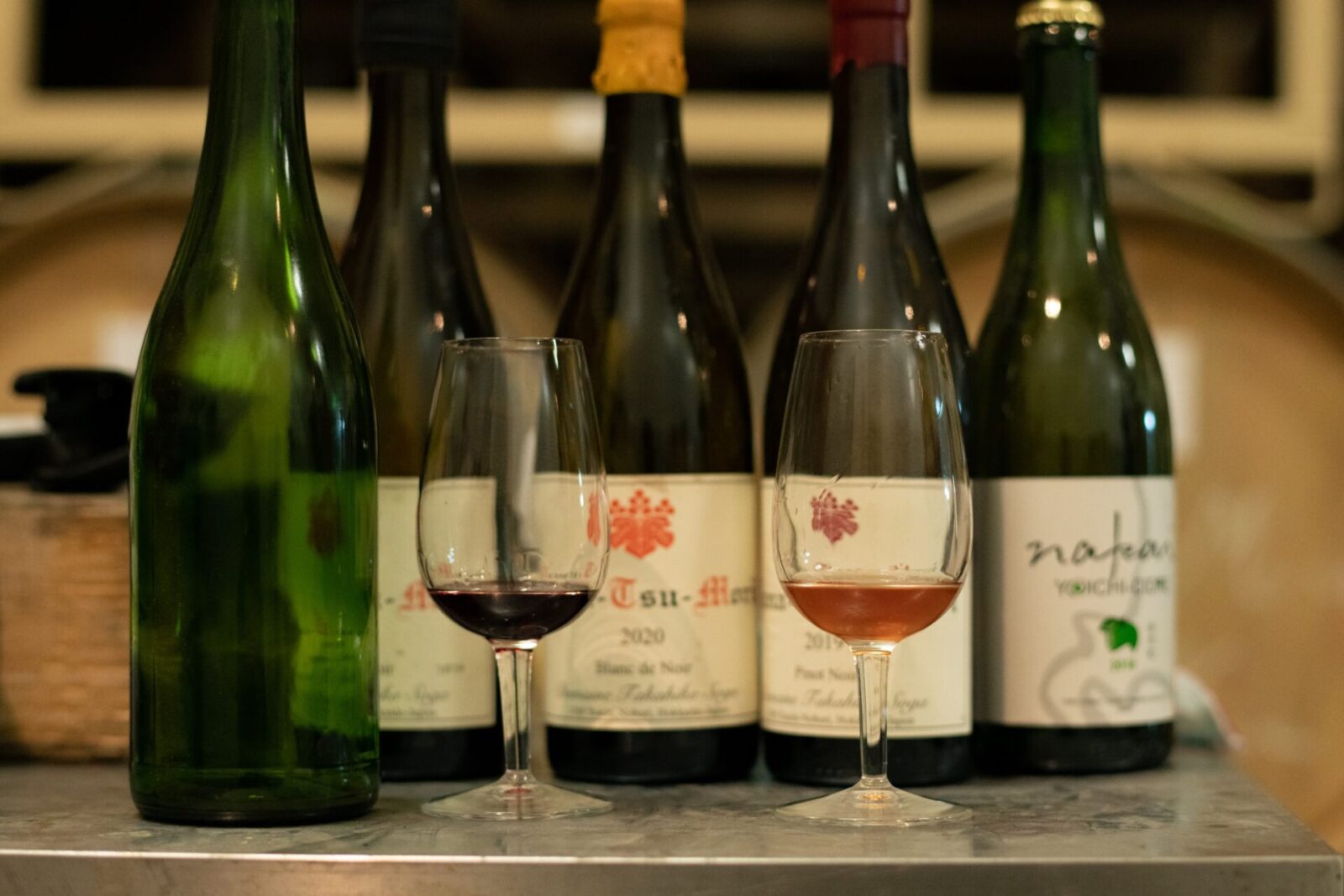
“Rather than selling their grapes for 200 yen per kilogram, making the grapes into wine has the potential of selling the same volume for 10,000 yen. Furthermore, it is not such a difficult process. I want to tell people that it is easier than making miso at home.”
“Land is cheap in Hokkaido and the environment is blessed with a good climate. If everyone starts small and produces wine that is unique to that region and to themselves, and we are able to create a system that allows them to make a profit, I believe the future for this town will be bright.”
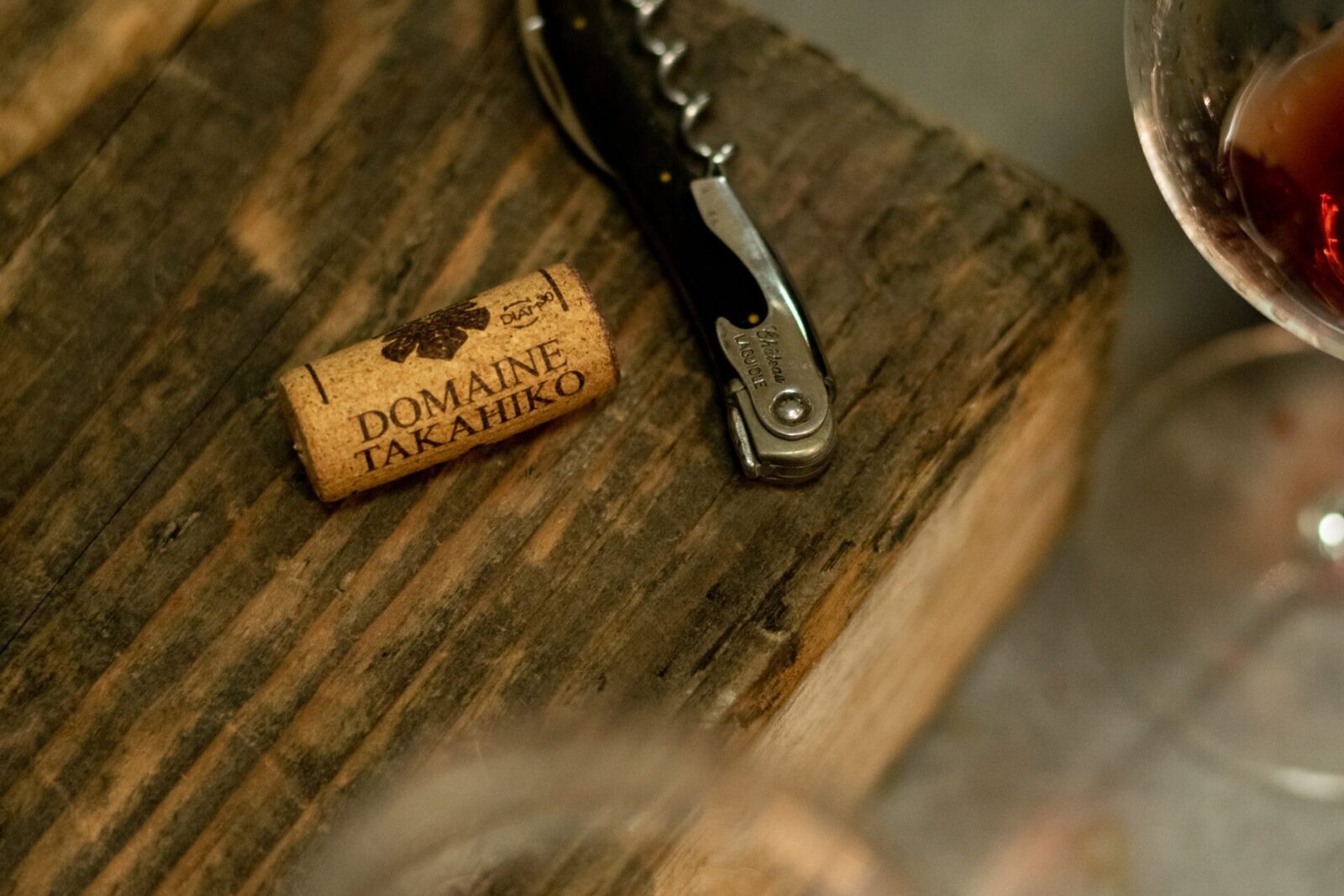
Soga not only thinks about his own winemaking, but he is also thinking about the future of his apprentices. When we asked him, “What are the moments that you feel your heart melt and relax?”, he laughed as he replied.
“I enjoy the time I spend thinking about wine.”
Lately, he says he enjoys opening different wine bottles and drinking them with his apprentices. They discuss the wine and about the future possibilities for when they become independent and start making their own wine.
Among his current apprentices there is a young and ambitious sommelier who has moved to Yoichi Town and the son of a local wine grape farmer. There is no doubt a new and unique world of wine that “cannot be made anywhere else in the world” will continue to grow in Yoichi Town.
Soon, Japan’s terroir will wow the world
Soga firmly believes that there is “wine that can only be made in Yoichi Town.” The same is true for other regions in Japan.
“I think the Japanese people are very good at creating worlds that others cannot imitate.”
Wine that goes well with Japanese cuisine is realized because Japanese people have a delicate palate that can savor umami. To taste the earth that is unique to each region.
One sip of Domaine Takahiko wine fills the mouth with umami and leaves a lingering aftertaste of the fresh grape as it seeps into the inner body. It is a magical experience that feels as if the whole body is being filled with joy.
Although it is an unforgettable experience, it is hard to get a hold of their wine.
It is no wonder that it has become such a precious wine that wine lovers around the world are desperate to obtain.

“The historic wine competitions are still partial to strong classically flavored wines, but I am not concerned with awards. I think it is time for us Japanese to show the world the wine that we make in our taste and dare them to try creating the same result.”
The rain that nurtures the rich soil creates the terroir that is unique to this region. This wine will surely surprise wine lovers around the world.
Photo:Yuko Kawashima
Translation: Sophia Swanson
Editor. Born and raised in Kagoshima, the birthplace of Japanese tea. Worked for Impress, Inc. and Huffington Post Japan and has been involved in the launch and management of media after becoming independent. Does editing, writing, and content planning/production.
